Introduction
In his State of the Union address earlier this year, President Joe Biden spoke of a “new moment” where the coronavirus will be more manageable and the need for masks less frequent. States have moved toward this transition as positive cases, hospitalization, and deaths began to drop. In the first week of March, governors in Mississippi, Texas, Alabama, Arizona, West Virginia and Connecticut announced significant loosening of statewide pandemic restrictions like mask mandates and indoor capacity limits. These states joined several others in loosening statewide coronavirus restrictions much earlier in the year.
As we transition toward directly battling COVID-19 to the next phase in the process, we must note that “living with the virus” means something much different for those struggling with the symptoms of long COVID-19. Long COVID-19 is associated with chronic symptoms like fatigue, cognitive problems, and respiratory challenges that can linger for months after the initial coronavirus infection has passed. Long-haulers, or people who experience prolonged symptoms more than three or four weeks after infection could need several months to recover.
It is important to recognize that experiencing longer-term challenges with COVID is rather pervasive and affects not only those with severe cases, but those with relatively mild symptoms as well as Americans who are generally healthy, not just those with underlying conditions. In fact, our colleagues here at Brookings have estimated that 31 million working-age Americans—more than one in seven—may have experienced, or be experiencing, lingering COVID-19 symptoms.
The persistence of these symptoms and their ability to limit major life activities creates new considerations for immediate and long-term policy solutions. The COVID-19 pandemic increases the need to protect vulnerable communities based on current knowledge and predictions of the extension of disparate health conditions.
Similar to all other health outcomes associated with the pandemic, there are significant racial inequalities associated with long COVID-19 as vast inequalities in underlying conditions make the severity of longer-term cases more pronounced for racial and ethnic minorities. This blog post summarizes a few considerations about the racial differences among COVID-19 patients with longer-term symptoms and identifies policy solutions to help address these challenges.
Long Covid-19 will exacerbate existing racial and ethnic health inequalities
The glaring racial inequalities in COVID-19 outcomes have been well documented by Brookings and a wide range of other scholars and think tanks. It is clear that Native Americans, African Americans, and Latinos have all experienced higher rates of coronavirus infection, hospitalization and casualties throughout the pandemic.
However, our knowledge of how race impacts long-term challenges with COVID-19 is unfortunately pretty limited. A key report focused on the State of Black America and COVID-19 has identified that Black Americans have not been sufficiently included in long COVID-19 trials, treatment programs and registries. There is unfortunately limited research on other racial and ethnic minorities as well.
Challenges Facing Racial and Ethnic Minorities Struggling with Long COVID-19
It has now become clear that access to a primary care physician and adequate health care coverage as well as appropriate disability coverage will be crucial to the ways in which Americans navigate long COVID-19.
First, primary care doctors will be key to patients with long COVID-19, as many patients require comprehensive assessment to exclude serious complications that might be associated with their symptoms. A primary care clinician who knows the patient and his or her life circumstances is in an optimal position to coordinate and personalize the recovery plan and understand the barriers the patient may face along the way. Ideally patients with difficult cases would have access to holistic clinical intervention and follow‐up.
Unfortunately, there is a significant gap in access to a primary care physicians for Americans from diverse backgrounds. The African American Research Collaborative/Commonwealth Fund American COVID-19 Vaccine Poll is an extensive, diverse national survey with measures of access to primary care physician. According to the survey, 82% of white Americans reporting having a primary care doctor while only 74% of Black, 69% of Latino, and 72% of Native Americans have access to a doctor they see regularly for care.
Second, people with long COVID-19 will need adequate health coverage to manage both the financial and health components of care management. Unfortunately, racial inequalities in access to health insurance are vast, particularly for Latinos. This is a direct consequence of the several jobs held by people of color lacking sufficient healthcare benefits. Additionally, states in which Medicaid has not been expanded complicate the way in which people of color are able to manage long COVID-19.
It is important to note that long COVID-19, particularly in vulnerable groups, may be complicated by other long‐term conditions, notably diabetes, hypertension, ischemic heart disease, and chronic mental health conditions.[1] Racial and ethnic minorities are more likely to experience all of these conditions which strongly suggests that we should anticipate more complex and challenging cases for all non-white groups.
One of the other health issues associated with long-haulers is insomnia, a condition that can last months and possibly longer among Americans with long-term challenges due to COVID-19. Like most chronic health conditions, challenges with insomnia are greater among racial and ethnic minorities already, particularly for those who have high levels of perceived discrimination. Given the correlation between lack of quality sleep and a wide range of other health conditions, this may generate even greater racial inequalities in health outcomes down the line. The challenges with sleeping are likely to be exasperated by a host of underlying forces that impact sleep, including sub-par housing conditions.
The long-term effects of COVID-19 have not been realized. Our health systems and structures and the policies that regulate them will need major overhauling to be flexible enough to manage the impending social and health implications of long COVID-19. In closing, while we all enjoy the ability to feel more comfortable with expanded social interaction, and the ability to not have to wear our masks as often when we leave our homes, we must recognize that those struggling with the symptoms of long COVID-19 are far from being able to return to normalcy.
Finally, people suffering from the persistence of symptoms are eligible for disability services according to the Department of Health and Human Services. The physical impairment due to long COVID-19 can affect walking, standing, speaking, breathing, and many other physical functions that may limit one’s role in their ability to manage daily activities with their families, and in their current jobs. Because long COVID-19 can be experienced by youth and young adults, there is additional guidance on how primary, secondary, and post-secondary schools should evaluate, assess, and make academic adjustments for those in school and higher education settings.
In this post we identify the gaping racial inequalities not only associated with long COVID-19 cases, but in the resources needed to properly manage a lingering case. In future posts we will summarize the policy solutions needed to help address the challenges raised in this blog, as well as the economic consequences associated with long COVID-19 for communities of color who are already being squeezed by inflation and a slower recovery from the economic downturn.
[1] See for example: https://pubmed.ncbi.nlm.nih.gov/32419765/
-
Acknowledgements and disclosures
The authors would like to thank research intern Taylor Trimble for copyediting support.
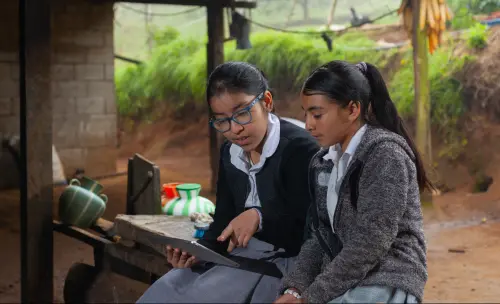
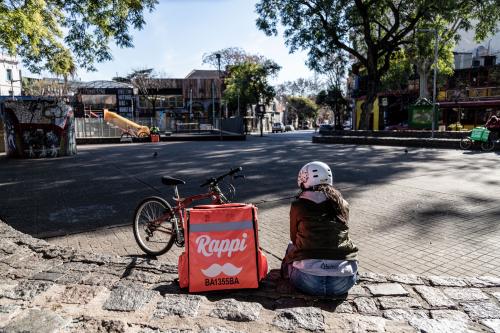
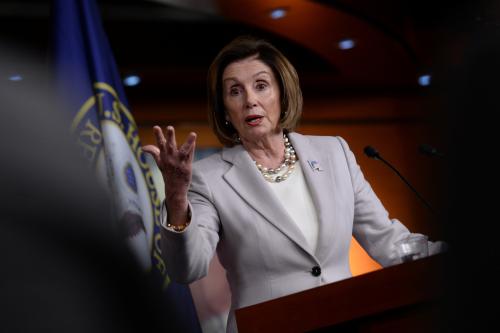
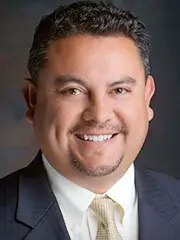


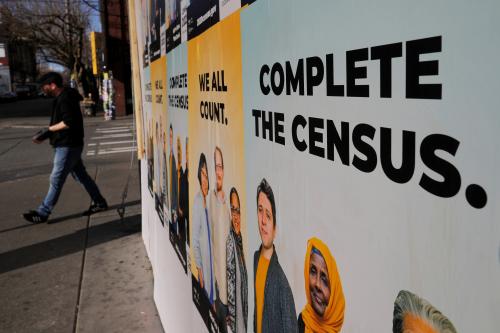
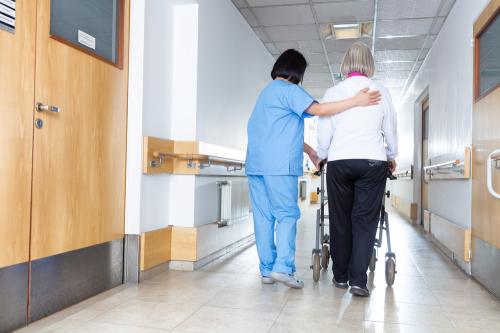
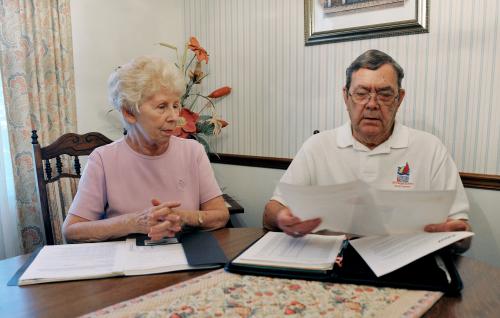
Commentary
Living with COVID-19 will not be easy for many Americans suffering from long COVID-19, particularly those from diverse communities
June 21, 2022